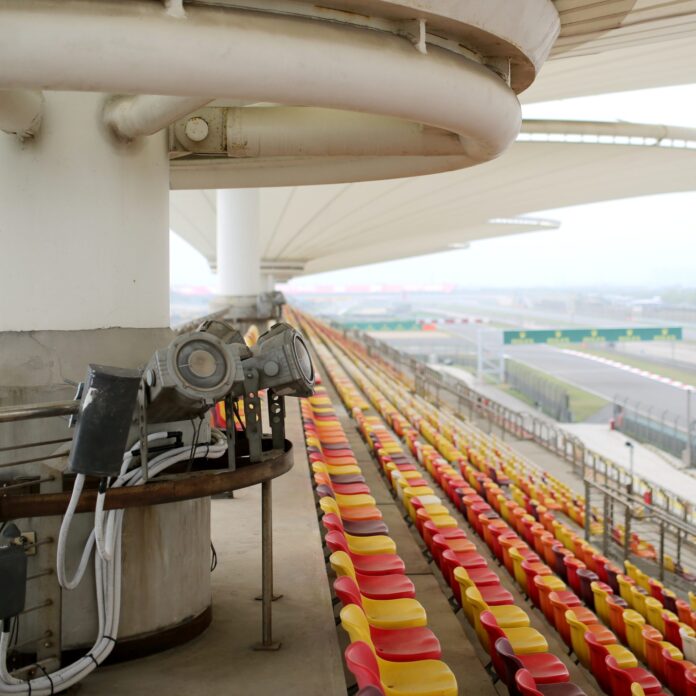Power, radio access, TCO and strategic deployment all go into a successful small cell rollout
Nokia Networks has suggested networks of small cells could be a cost-effective method for adding capacity and coverage in Africa where geography and economics are major obstacles to providing widespread, high-quality cellular access.
Toni Pellegrino, head of sales for Southern Africa and Vodafone Market Unit for Nokia Networks, made the case for strategic small cell deployments in a piece published by IT News Africa.
Pellegrino differentiated between a “blanket approach” or “surgically” inserting small cells to bolster capacity and coverage in network pinch points.
“While initially expensive, a blanket approach may be chosen to provide best end-user experience, lowest planning effort and best solution for indoor users. Today’s ‘hot spots’ of high traffic at a particular location are expected to grow into larger and denser ‘hot zones,’ where a blanket approach is the only solution,” Pellegrino explained. “A more refined surgical approach that adds coverage and capacity exactly where it is needed calls for an integrated network management framework for small cells. … This could generate plans showing capacity hot zones and hot spots based on user activity and network statistics. All available small cell solutions could be evaluated together, and matched to factors such as site accessibility and backhaul options.”
Nokia is expecting big things out of its small cell solutions; back in June Stephane Daeuble, head of small cells/hetnet product marketing, told RCR Wireless News during the Small Cells World Summit in London, “We’ve started to see some very significant volumes with our small cell solutions. We believe that 2015 will really be the year that we start to see some really large deployments of small cells.”
Daeuble said in the case of a special event network set up, small cell “fits like a glove. They are able to be deployed very rapidly, able to handle a lot of capacity and really do help bring extremely good user experience for people in special events.”
“It is very important to establish the value of a small cell (or small cell cluster), ensuring it serves a sufficiently high number of end users to justify the investment,” Pellegrino said of the potential Africa deployment model. “This is done by getting a clear and precise understanding of where the operator’s traffic is, requiring a new set of tools for hot spot/hot zone identification and planning.”
Pellegrino added service providers considering small cells should take into account power levels, spectrum and access, total cost of ownership and how many subscribers are effectively served.

